Invited speakers
Keynote Speakers
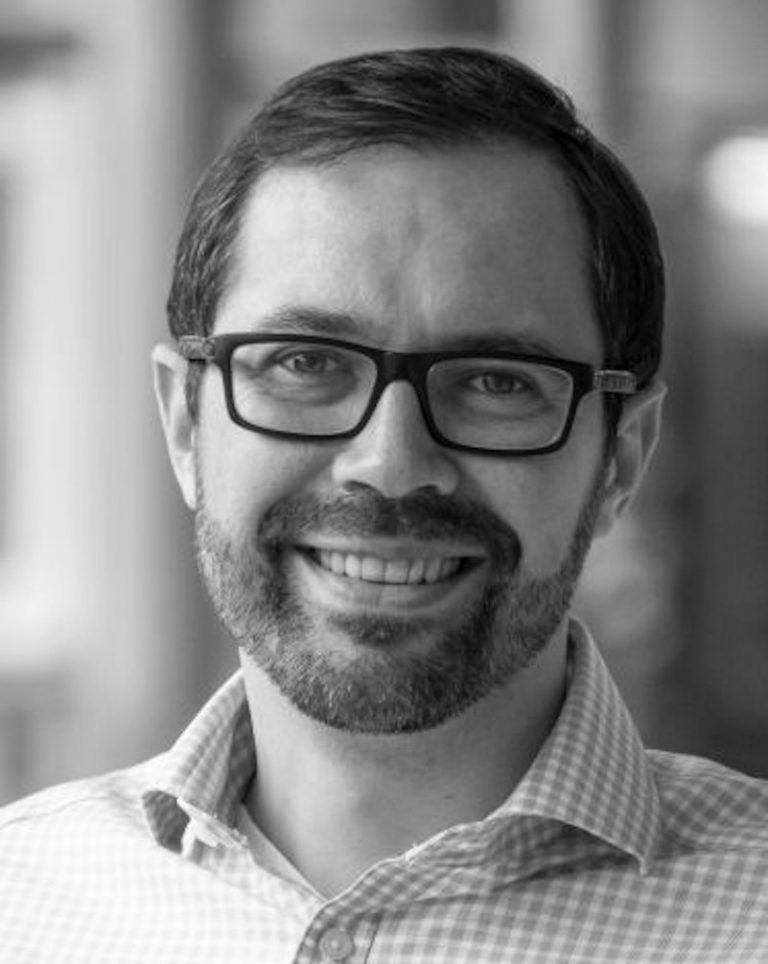
Henk Wymeersch
Radio Localization and Sensing towards 6G: the Carrier Pendulum Swing
Abstract: The evolution of mobile communications systems, from 3G onwards, has consistently pushed the boundaries of technology into higher carrier frequencies to harness increased bandwidth and, consequently, greater data capacity. This progression has not only revolutionized communication but also significantly enhanced positioning technologies. Since the 3GPP’s 16th release, the integration of positioning services has become increasingly critical, evolving alongside each generation of mobile technology. As the world transitions from 4G to 5G, and now edges towards 6G, the quest for frequencies capable of meeting the rigorous demands of extreme positioning accuracy and innovative sensing capabilities intensifies. This talk delves into the exploration of these new frequency bands, evaluating their impact and utility from a positioning and sensing perspective. We will analyze the roles of various frequency bands—from below 10 GHz, traversing through the 28 GHz landmark of 5G, and venturing into the sub-THz bands anticipated (by some) in 6G—before circling back to reassess the value of lower frequencies. This presentation aims to shed light on the models, methods, and potential challenges that lie ahead in the relentless pursuit of precision and reliability in radio localization and sensing technologies.
Bio: Henk Wymeersch obtained the Ph.D. degree in Electrical Engineering/Applied Sciences in 2005 from Ghent University, Belgium. He is currently a Professor of Communication Systems with the Department of Electrical Engineering at Chalmers University of Technology, Sweden. Prior to joining Chalmers, he was a postdoctoral researcher from 2005 until 2009 with the Laboratory for Information and Decision Systems at the Massachusetts Institute of Technology. Prof. Wymeersch served as Associate Editor for IEEE Communication Letters (2009-2013), IEEE Transactions on Wireless Communications (since 2013), and IEEE Transactions on Communications (2016-2018) and is currently Senior Member of the IEEE Signal Processing Magazine Editorial Board. During 2019-2021, he was an IEEE Distinguished Lecturer with the Vehicular Technology Society. Since 2024, he is a Fellow of the IEEE. His current research interests include the convergence of communication and sensing, in a 5G and Beyond 5G context.
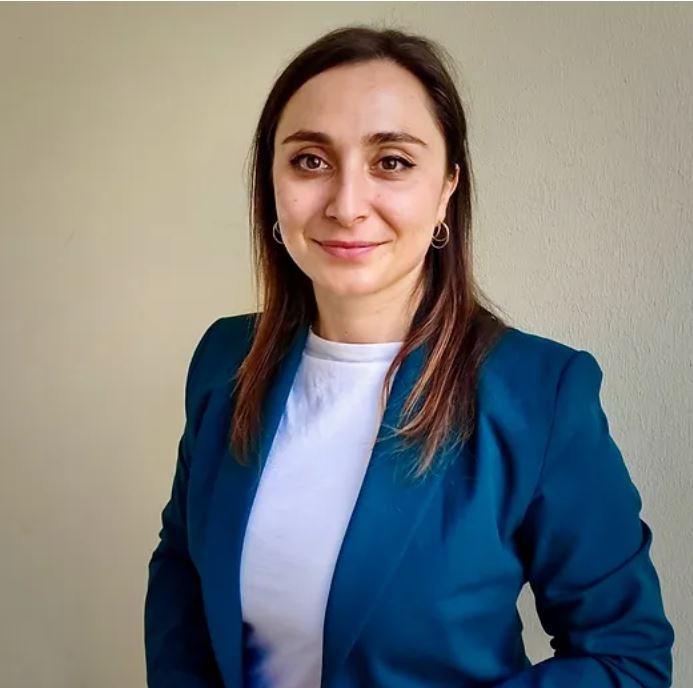
Stefania Bartoletti
Sensing, Communication, and Localization in the Computing Continuum
Abstract: t.b.a.
Bio: Stefania Bartoletti received the Ph.D. degree in Engineering Science–Information Engineering and the Laurea degree (Summa Cum Laude) in Electronics and Telecommunications Engineering from the University of Ferrara, in 2015 and 2011, respectively. She is currently an Associate Professor at the Department of Electronic Engineering of the University of Rome, Tor Vergata.
From 2019 to 2022 she was a researcher at the National Research Council of Italy (IEIIT-CNR). She has been a Marie-Skłodowska Curie Global Fellow (MSCA-IF-GF, Horizon 2020) at the Wireless Information & Network Science Laboratory of the Massachusetts Institute of Technology (MIT) and the University of Ferrara (2016–2019). She was a Visiting Ph.D. Student at the Laboratory for Information & Decision Systems at MIT (2013–2014).
Her research interests include theory and experimentation of statistical signal processing for wireless communication systems, with a particular focus on sensing and localization aspects and vehicular communications.
Dr. Bartoletti was awarded an ERC starting grant (2023), the Best Ph.D. Thesis Award in the field of Communication Technologies from the Italian Telecommunications and Information Theory Group (2015) and the Paul Baran Young Scholar Award of the Marconi Society (2016). She is Associate Editor of the IEEE Communications Letters. She served as Chair of the Technical Program Committee (TPC) for several IEEE ICC and Globecom Workshops. Dr. Bartoletti is currently serving as Chair of the Young Scholars and Board Member of the Marconi Society.
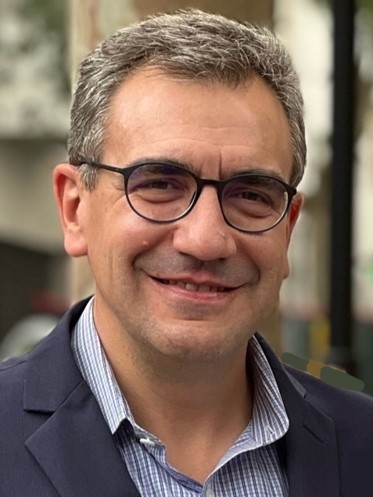
Gonzalo Seco Granados
Unlocking the Potential of 5G and 6G Technologies for Localization and Sensing
Abstract: Mm-wave and massive MIMO technologies are some of the elements that have enabled the improvement of the communication capacity and reliability, and the reduction of the latency in 5G systems. These technologies have also made possible the advent of new positioning solutions characterized by very high accuracy, provision of orientation information, and inclusion of sensing capabilities, with reduced network-side infrastructure. The term “5G Localization” was coined to encompass this class of solutions, which have already impacted the standardization process. Elements considered in the ongoing research towards 6G systems, such as reconfigurable intelligent surfaces (RIS), are also showing large potential for localization, as they extend the position availability to problems that were previously unfeasible. In the first part of the talk, we will analyze some specificities of 5G localization beyond legacy cellular localization solutions, such as single base-station and carrier-phase positioning, and 6D problems. The second part of the talk will address how the presence of different types of RIS (passive, hybrid, STAR, etc.), and radio stripes can be exploited for localization and sensing when they operate in the near and far fields.
Bio: Gonzalo Seco-Granados received the PhD degree in electrical engineering from the Universitat Politecnica de Catalunya, Spain, in 2000, and the MBA degree from the IESE Business School, Spain, in 2002. From 2002 to 2005, he was technical staff of the European Space Agency, The Netherlands, where he was involved in the design of the Galileo system and receivers. In 2015, 2019 and 2022, he was a Fulbright Visiting Scholar at the University of California, Irvine, CA, USA. He is currently a Professor with the Department of Telecommunication Engineering, Universitat Autonoma de Barcelona, where he was Vice Dean of the Engineering School, from 2011 to 2019.
His research interests include localization based on GNSS and cellular systems. In the case of cellular systems, he contributed to the seminal works on “5G positioning”. In the area of GNSS, he has developed techniques to increase the robustness against of interference, multipath and spoofing attacks, and to improve energy efficiency of GNSS receivers. He is co-founder of Loctio, a start-up providing low-energy positioning solutions for IoT. He is an IEEE Fellow. He serves as a member of the IEEE Signal Processing Society Sensor Array and Multichannel Technical Committee (SAM TC), and of the EURASIP Signal Processing for Multisensor Systems Technical Committee, since 2018 and 2022, respectively. Since 2019, he is the President of the Spanish Chapter of the IEEE Aerospace and Electronic Systems Society.
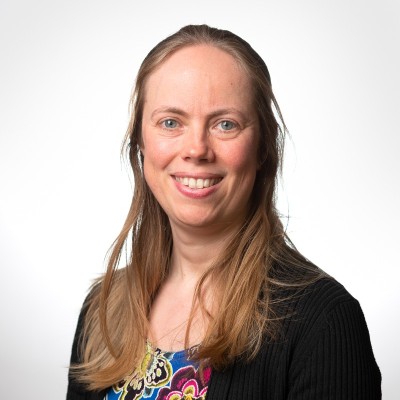
Manon Kok
Indoor localization using the magnetic field as a source of position information
Abstract: Sensors measuring the magnetic field (magnetometers) are nowadays omnipresent and are for instance present in any modern smartphone. The magnetic field that they measure consists of a locally constant Earth magnetic field in combination with local magnetic field anomalies. These anomalies are specifically common in indoor environments due to the presence of ferromagnetic material e.g. in the structure of buildings and in furniture. This makes the indoor magnetic field inherently position-dependent. This talk will focus on how this field can be used as a source of position information for indoor localization. Specifically, we will focus on how maps of the indoor magnetic field can be constructed, how one can use these maps for localization and how such an approach can be extended to simultaneous localization and mapping (SLAM). We will also discuss open challenges e.g. related to reliability, accuracy and computational complexity.
Bio: Manon Kok is currently Associate Professor with the Delft Center for Systems and Control, Delft University of Technology, the Netherlands. She received the Ph.D. degree in Automatic Control from Linköping University, Linköping, Sweden, in 2017. From 2009 to 2011, she was a Research Engineer with Xsens Technologies. From 2017 to 2018, she was a Postdoctoral with the Computational and Biological Learning Laboratory, Machine Learning Group, University of Cambridge, Cambridge, U.K. Her research interests include probabilistic inference for sensor fusion, signal processing, and machine learning, with a specific focus on using inertial sensors and magnetometers for motion estimation. She is Associate Editor for IEEE Transactions on Aerospace and Electronic Systems and member of the Board of Directors of the International Society on Information Fusion (ISIF).

Pietro Giordano
LEO-PNT: the next step in GNSS evolution
Abstract: t.b.a.
Bio: Pietro worked in Thales Alenia Space Italy before joining ESA/ESTEC in 2009. He worked several years within the Galileo project covering many roles, from user segment to operations and in the ESA technical directorate as overall coordinator for spaceborne GNSS and space PNT technologies. He has been in charge of the definition and coordination of the European technology harmonisation roadmap for on-board radio navigation receivers and he supported Earth observation programmes (e.g.: Copernicus/Sentinel). He contributed in the development of new concepts such as real-time on-board autonomous POD (P2OD concept), LEO PNT payloads, definition of new spaceborne GNSS receiver components (e.g.: AGGA family ASIC) and use of GNSS signals for lunar autonomous navigation. He was the chain lead for the navigation services within the ESA Moonlight programme. Since 2023 he covers the role of LEOPNT system manager.
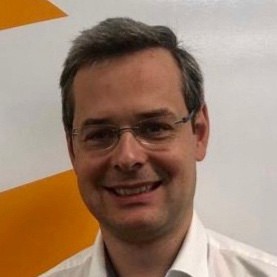
Bruno Bougard
Recent trends in high precision PNT landscape
Abstract: The High-Precision Positioning, Navigation and Timing (PNT) technology is getting huge traction now that it has been acknowledged as a key building block to implement vehicular autonomy. Not only advanced driver assistance and autopilot in personal vehicles are adopting High-Precision PNT but also an increasing amount of industrial and robotics applications rely on High Precision PNT to bring augmented reality and autonomy to industrial machinery and practices.
This great success comes also with great responsibility. As systems increasingly rely on High Precision PNT, their availability, integrity and for some application their safety is at the mercy of the PNT systems they rely upon. This makes high precision PNT resilience and security key requirements for current and future applications.
In this keynote, we will share Septentrio experience in pushing the limits of high precision PNT resilience for more than two decades now. We will start with a review of the threats, man-made ones, and natural ones. We will then review techniques that can be applied at receiver level, in an autonomous way, and other approaches that are supported by the constellations. We will review the expected evolution of the GPS, GALILEO and QZSS constellation towards higher resilience and security. Finally, we will discuss why and how LEO-PNT can be the “alternative PNT” element we need to guarantee the resilience of PNT “system of systems”.
Bio: Bruno received his MS in electrical engineering from the University of Mons, Belgium in 2000 and his PhD from the Catholic University of Leuven, Belgium in 2006. He used to be a staff researcher in the wireless system group of IMEC, Belgium before joining Septentrio in 2008, taking responsibility of the development of new OEM and scientific products. Since 2014, Bruno is Septentrio’s R&D Director and since 2023, CTO, in charge of research, development, and engineering operations.
